Description
Yastimadhu (Glycyrrhiza glabra) is a perennial shrub, 6 feet in height with spikes bearing lilac-colored flowers with bean-like pods containing three or four seeds. Roots are long, wrinkled and brown in color. When outer skin of the shrub is removed there is a scaly yellow texture inside. From the basic root, secondary and tertiary roots originate. Leaves are conjoint, 70-150 mm long having 10-17 leaflets. Flowers are 8-12mm and pink to purple in color. Fruits are 20-30 mm, oblong pods and contain the 2-3 beans which are kidney-shaped.
General Information
Yastimadhu (Glycyrrhiza glabra) is commonly known as mulethi and mostly available in Indian Kitchen. Health benefits of Yastimadhu are described in Ayurveda many years ago. This herb has a Soothing effect on the throat and pharynx is good so the use of Yastimadhu is good for hoarseness of voice. This herb has the antacid, anti-ulcer genic, anti-inflammatory, anti-oxidants, anti-Alzheimer, anti-cancer, analgesic, immune modulator, anti-bacterial, anti-asthmatic, anti-arthritic and aphrodisiac properties. Roots of this herb contain 3.6% glycyrrhizin which is a yellow amorphous powder-asparagine, a glycoside isoliquirtin 2.2%, glucose 3.8%, starch, gum, mucilage, amorphous, sulphuric acid and metallic acids, calcium and magnesium salts. All these ingredients are packed with healing properties for the human body.
Classification
- Kingdom: Plantae
- Order: Fabales
- Family: Fabaceae
- Genus: Glycyrrhiza
Habitat
Yastimadhu is the native to Southeastern Europe and cultivated in most of Europe. It is grown best in the hot, dry and sunny climates with yearly low rainfall. Whereas adequate soil moisture is necessary for its growth and development.
Ayurvedic Properties
| Hindi / Sanskrit | English | ||
| Rasa | Madhura | Taste | Sweet |
| Guna | Guru, Pichilam | Physical Property | Sticky, Heavy |
| Virya | Sheeta | Potency | Cold |
| Vipaka | Madhura | Metabolic Property (After Digestion) | Sweet |
Effects On Doshas
It balances vata and pitta doshas.
| Charak Samhita | Sushrut Samhita | Sushrut Samhita |
| · Jeevaneeya – Herbs that promote longevity
· Sandhaneeya – Herbs that help in bone fracture healing and wound healing · Varnya – Herbs that improve skin complexion · Kanthya – Herbs that improve voice · Kandughna – Herbs that relieve itching sensation (pruritus) · Chardinigraha – Herbs that relieve vomiting · Shonitasthapana – Herbs that check bleeding · Mutravirajaneeya – Herbs that restore the proper color of urine · Snehopaga – herbs that are used in Snehana – a preparatory procedure before Panchakarma treatment · Vamanopaga – herbs that are used in Vamana (emesis) Panchakarma treatment · Asthapanopaga – herbs that are used in Basti Panchakarma treatment (rectal enema with decoctions) |
· Kakolyadi,
· Sarivadi and Anjanadi group of herbs. |
· Sarvadi and Anjanadi group of herbs. |


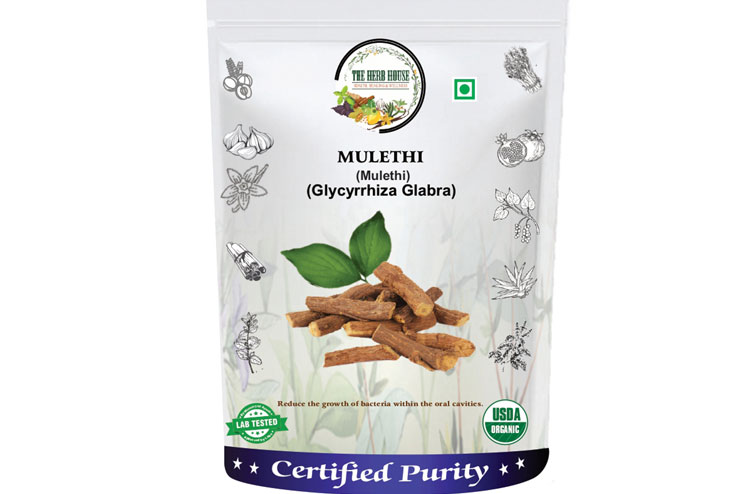
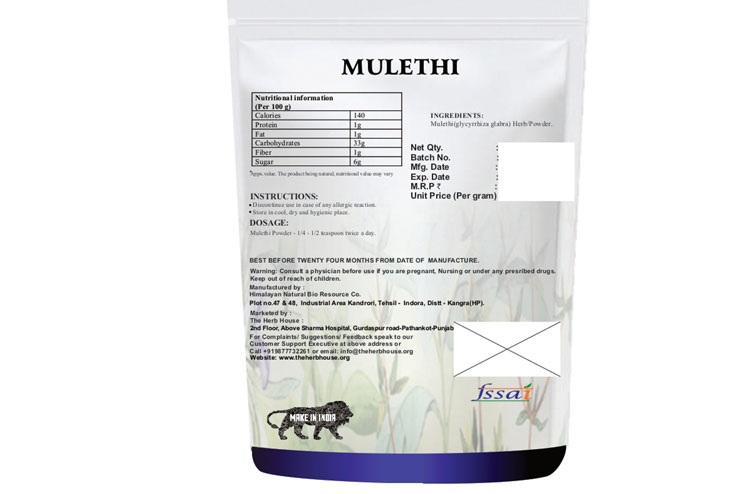
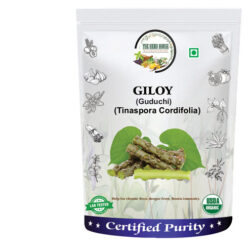
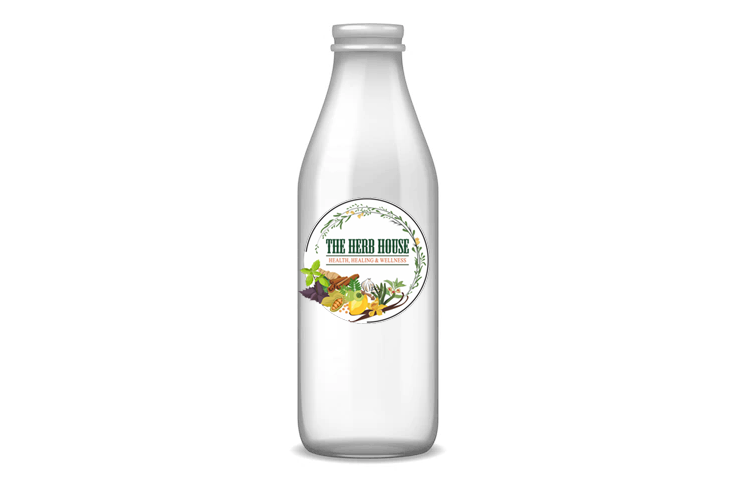
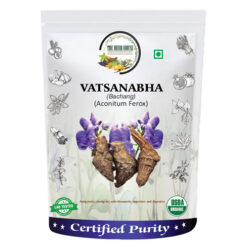
Reviews
There are no reviews yet.